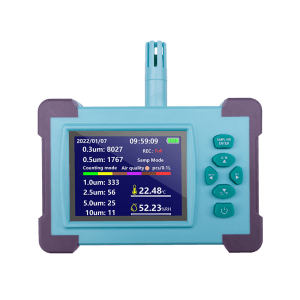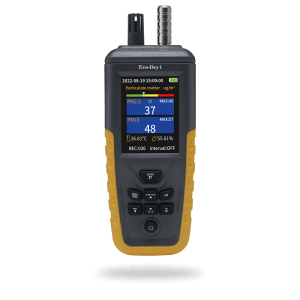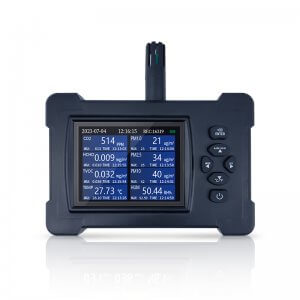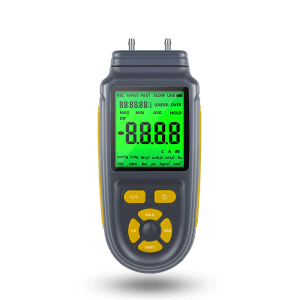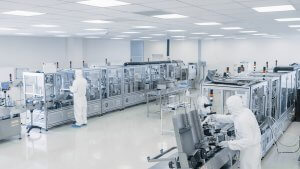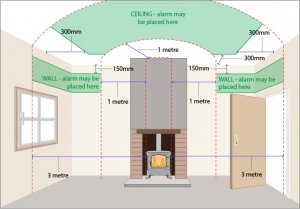Main facts about Ionizing radiation
Ionizing radiation is the kind of energy released from atoms as waves or particles. People are exposed to natural sources of ionizing radiation, such as soil, water, vegetation, and artificial sources, such as X-ray sources and some medical devices. Ionizing radiation has a number of beneficial applications including medical, agricultural, industrial, and research.
As ionizing radiation uses multiply, so do the health hazards it may present when improperly used or contained. Acute health effects, such as skin burning or acute radiation syndrome, may occur if the doses of radiation exceed certain levels. Low ionizing radiation doses may increase your risk for longer-term effects, such as cancer.
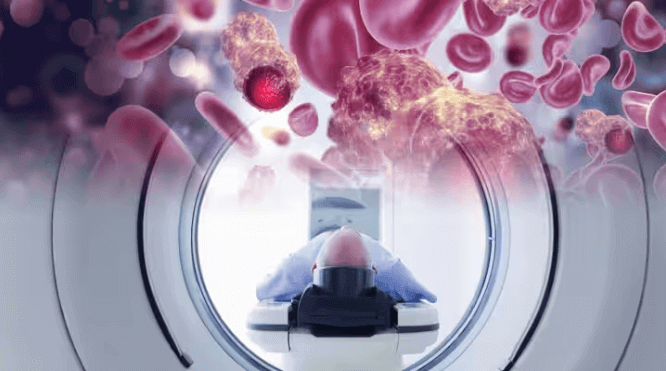
What is Ionizing radiation?
Ionizing radiation is a form of energy released from atoms, which is transmitted by electromagnetic waves (gamma rays or X-rays) or particles (neutrons, beta, or alpha particles). The spontaneous breakup of atoms is called radioactivity, and excess energy is released as ionizing radiation.
Unstable elements that decay by emitting ionizing radiation are called radionuclides. All radionuclides are uniquely identified by the kind of radiation they emit, the energy of this radiation, and their half-life.
The activity–which measures how much of the radionuclide is present–is expressed in a unit called a becquerel (Bq): a becquerel is equivalent to one disintegration per second. The half-life is the time required for the activity of a radionuclide to drop by half its initial value. It is also the time required for half the atoms in it to decay. The half-life ranges from just fractions of a second to millions of years (iodine-131, for instance, has a half-life of eight days, whereas carbon-14 has a half-life of 5,730 years).
Radiation sources
Humans are exposed daily to ionizing radiation, either naturally or caused by humans. These are derived from various sources, including over 60 naturally occurring radioactive elements found in soil, air, and water. Radon, a natural gas, leaks out of rocks and soils and is a major source of natural radiation. Every day, humans breathe and absorb radionuclides from the air, their food, and their water. Humans are also exposed to the natural radiation of cosmic origin, particularly at high altitudes.
On average, 80% of annual background radiation a person receives come from both terrestrial and cosmic sources. Background radiation levels vary depending on geological and geographical factors. In some areas, the radiation may be as much as 200 times more intense than average.
Human exposure to radiation also comes from human sources, from nuclear power plants to the use of radiation by medicine to diagnose or treat. Today, the most common source of human ionizing radiation is medical devices, such as X-rays.
Exposure to ionizing radiation
Radiation exposure may be internal or external and received by various routes. Internal ionizing radiation exposure occurs when radionuclides are inhaled, ingested, or otherwise entered the bloodstream (e.g., by injection, injury). Internal exposure stops when that radionuclide is eliminated from the body, either spontaneously (via excretion, eg) or by treatment. External exposure may occur if radioactive materials in the air are dumped onto skin or clothing (dust, liquid, aerosol). This kind of radioactive materials is usually removed from the body with a simple wash.
Exposure to ionizing radiation may also occur as a result of external radiation (medical x-ray exposure, for example). External irradiation stops either when a radiation source is shielded, or when the individual leaves the area of radiation. People may be exposed to ionizing radiation under a variety of circumstances, either in the home or public places (public exposure), in the place of work (occupational exposure), or in the health care setting (such as patients, caretakers, and volunteers).
Medical uses of radiation account for 98% of artificial sources received by people, all of the artificial sources combined. Each year, over 3.6 billion diagnostic radiological tests are performed globally, 37 million nuclear medicine procedures are performed, and 7.5 million radiation therapy treatments are given.
Health effects
Radiation damages tissues and/or organs according to the dose received or absorbed, which is expressed as a unit called grays (gy). The damage that may occur as a result of the dose absorbed depends on the type of radiation and on the sensitivity of the various tissues and organs to this radiation. The effective dose is used to measure the amount of ionizing radiation that is harmful. The Sievert (Sv) is the unit for the effective dose, which takes into account radiation type and the sensitivities of tissues and organs.
It is a very large unit, which is why smaller units like the millisievert (mSv) or microsievert (mSv) are more comfortable. There are 1,000 μSv in a one mSv, and 1,000 mSv in a single Sv.
In addition to the quantity of radiation (dose), it is also usually helpful to specify the rate of delivery of radiation (dose rate), such as mSv/hour or mSv/year. Beyond specific thresholds, radiation may change tissue and/or organ function, and cause acute effects, such as skin redness, hair loss, radiological burns, or acute radiation syndrome. These effects grow worse as the dose and rate of radiation increase. For example, the threshold dose at which acute radiation syndrome begins is about 1 Sv (1 000 mSv).
If the dose is lower and/or spread out over longer periods (lower dose rate), the risk is significantly lower, as the chance to heal a lesion is higher. But, there is always the risk of long-term effects, such as cancer, that may appear years and even decades later. These types of effects do not always happen, but the likelihood is proportional to the dose. The risks are greatest for children and adolescents because their sensitivities to radiation are substantially greater than those of adults.
WHO response
WHO has established programs to protect patients, workers, and the public from health risks of radiation exposure during anticipated exposure situations, existing exposure situations, and emergencies. Focusing on public health aspects of radiation protection, the program integrates activities for risk assessment and management as well as for risk communication.
In line with its primary functions, which are to “develop standards and criteria, and to promote and monitor their application”, WHO collaborates with seven other international organizations to review and update the international basic radiation safety standards (BSS). WHO adopted new BSS standards in 2012, and is now working on making them easier to apply across its member states.
Related: explore the best radiation detectors for your own protection.

